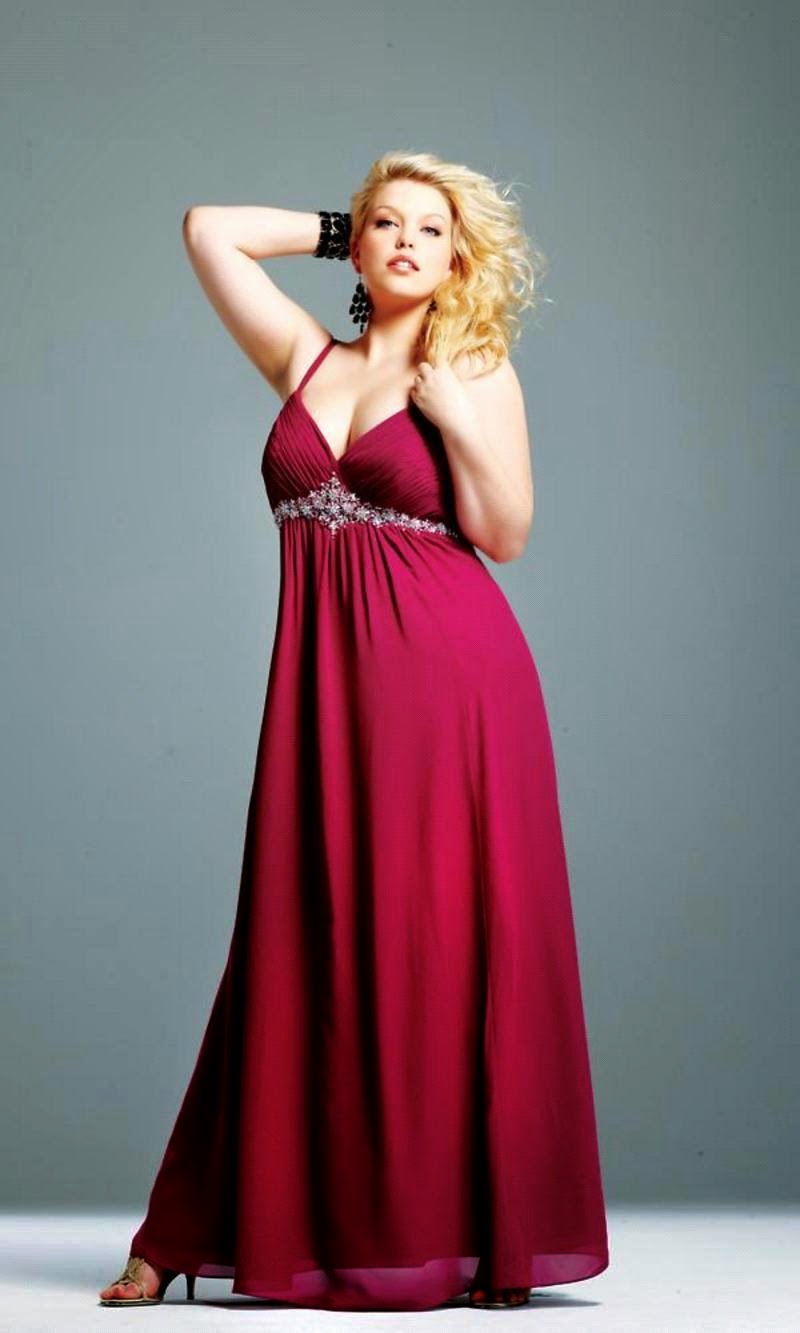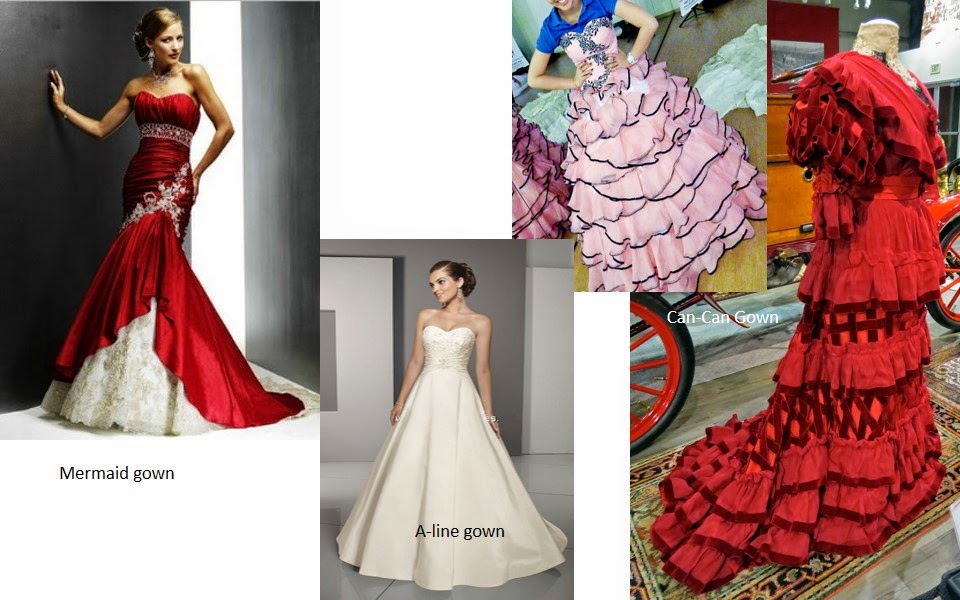Gown
A gown, from medieval Latin gunna, is a usually loose outer garment from knee- to full-length worn by men
and women in Europe from the early Middle Ages to the 17th century, and continuing today in certain professions; later, gown was applied to any full-length woman's garment consisting of a bodice and attached
skirt. A long, loosely-fitted gown called a Banyan was worn by men in the 18th century as an informal coat.
The gowns worn today by academics, judges, and some clergy derive directly from the everyday garments worn by their medieval predecessors, formalized into a uniform in the course of the 16th and 17th centuries.
Formal gown
In women's fashion, gown was used in English for any one-piece garment, but more often through the 18th century for an overgarment worn with a petticoat – called in French a robe. Compare this to the short gowns or bedgowns of the later 18th century.
Before the Victorian period, the word "dress" usually referred to a general overall mode of attire for either men or women, such as in the phrases "Evening Dress", "Morning Dress", "Travelling Dress", "Full Dress", "Priest gown" which are in white color, and so on, rather than to any specific garment, and the most often
English word for a woman's skirted garment was "gown". By the early 20th century, both "gown" and "frock" were essentially synonymous with "dress", although gown was more often used for a formal, heavy or full-length garment and frock or dress for a light-weight, shorter or informal one.
Only in the last few decades has "gown" lost its general meaning of a woman's garment in the United States in favor of "dress". Today the usage is chiefly British except in historical senses or in formal cases such as evening gown and wedding gown. Formal gowns generally have a fitted bodice and a full-length full skirt.
3 main types of gown which are common in the modeling world
Mermaid gown
A-line gown
Can-Can Gown




EmoticonEmoticon